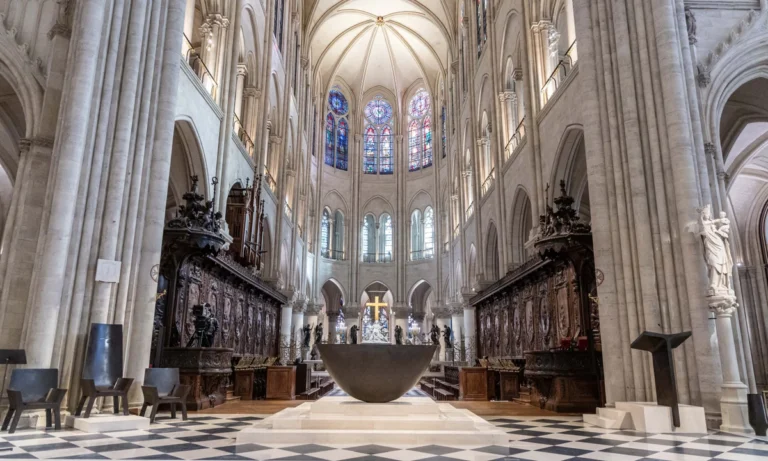In a groundbreaking fusion of heritage and high-tech, Microsoft and the French startup Iconem have announced the development of a Notre Dame digital twin—a hyper-detailed virtual replica of the iconic Parisian cathedral. The project, launched in collaboration with France’s Ministry of Culture, promises not only to preserve one of the world’s most visited Gothic landmarks but also to democratize access to it through a global virtual experience.
Notre-Dame 3D model brings restoration into the digital age
Following a five-year, $900 million restoration after the devastating 2019 fire, Notre-Dame Cathedral reopened in December 2024. Now, it’s being brought into a new digital chapter. The Notre-Dame 3D model is being created using hundreds of thousands of images collected by drones, lasers, and high-resolution cameras. These will be stitched together using Microsoft’s advanced AI algorithms to produce an exact virtual reconstruction—down to the centimeter.
This digital twin will act as both a historic record and a conservation tool, enabling future experts to monitor the structure’s condition over time and identify early signs of structural wear.
Virtual tour Notre Dame Cathedral: experience powered by AI
The initiative goes beyond simple documentation. At the core is the concept of a virtual cathedral, where scholars, conservators, and the general public will be able to explore Notre-Dame’s hidden spaces—like the heights of its vaulted ceilings and intricate mosaics—many of which are normally inaccessible.
Iconem co-founder Yves Ubelmann noted that the technology reveals details that are often difficult to see during an in-person visit to the monument. This includes art and architectural elements that, despite their cultural significance, are often out of view for physical visitors.
The virtual cathedral will eventually be accessible to global audiences and is expected to be housed in the upcoming Musée Notre Dame de Paris, currently under construction.
Set for completion in the coming years, the digital twin of Notre-Dame promises to be more than just a technological marvel—it’s a new model for cultural preservation in the age of AI. It represents the future of how humanity engages with its greatest landmarks: virtually, collaboratively, and globally.

